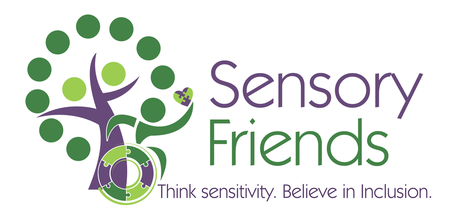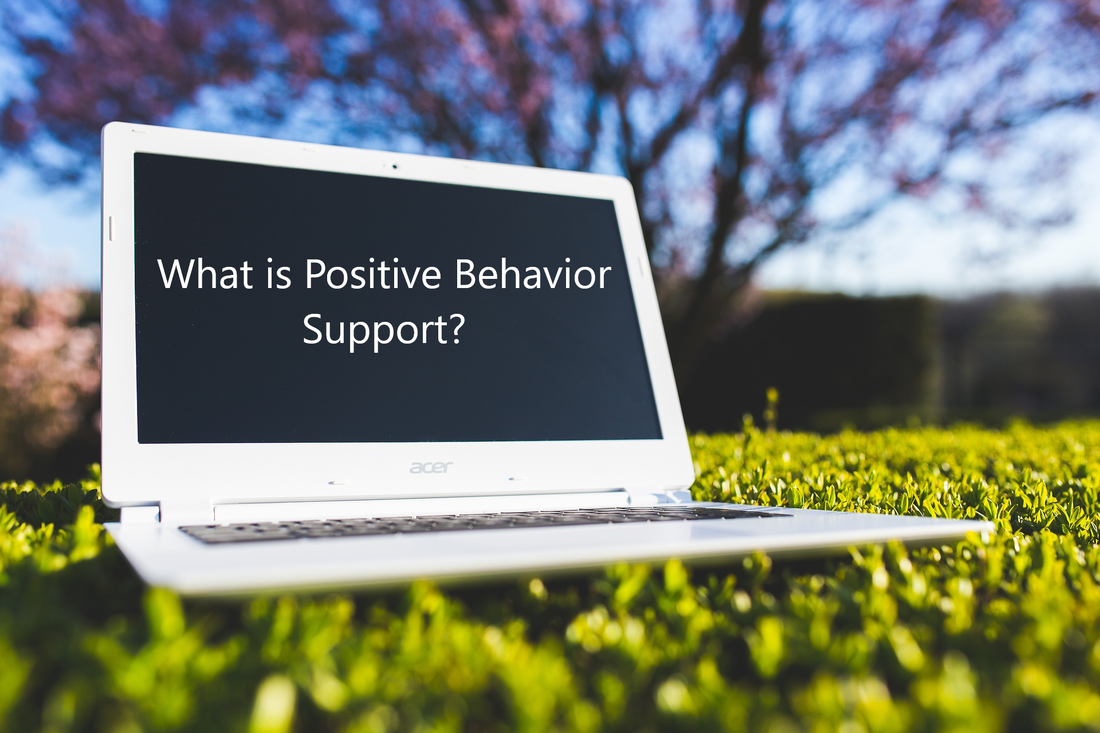What is PBS and Who Needs to be Involved?
What is Positive Behavior Support?
- Understand why challenging behavior is happening
- Replace challenging behavior with new life skills
- Improve quality of life
Isn't Positive Behavior Support Only Used at School?
Who Needs to be Involved in Developing a Positive Behavior Support Plan?
- Home: Richie has two blended families. His father and I are divorced and we each have new relationships with extended families.
- School: All members (but not exclusively) of Richie’s IEP team. Richie has an ESE teacher with two aides in his classroom, and he receives support and services from several therapists and other school faculty.
- Community: Richie is not involved in any extra-curricular activities at this time. However, we do visit many family members and friends often. Now, they may not need to be directly involved in the development of the plan, but they may provide some information based on their personal observations. I might share the PBS plan with people we visit often, so they’ll be familiar with how to recognize signs of challenging behaviors and how to handle them.
Our Home: Dad’s Home: School:
Christine (myself) Dad ESE Teacher
Kirk –Step-dad Step-mom Aide 1
Tiki – Step-brother Step-brother Aide 2
Samantha – Sister Language Therapist
Phil – Brother-n-law Occupational Therapist
PE Teacher
Behavior Therapists (3)
Now, that we have our team together, we can move on the next step.
Part 3: Gathering Information and Data Collection


 RSS Feed
RSS Feed